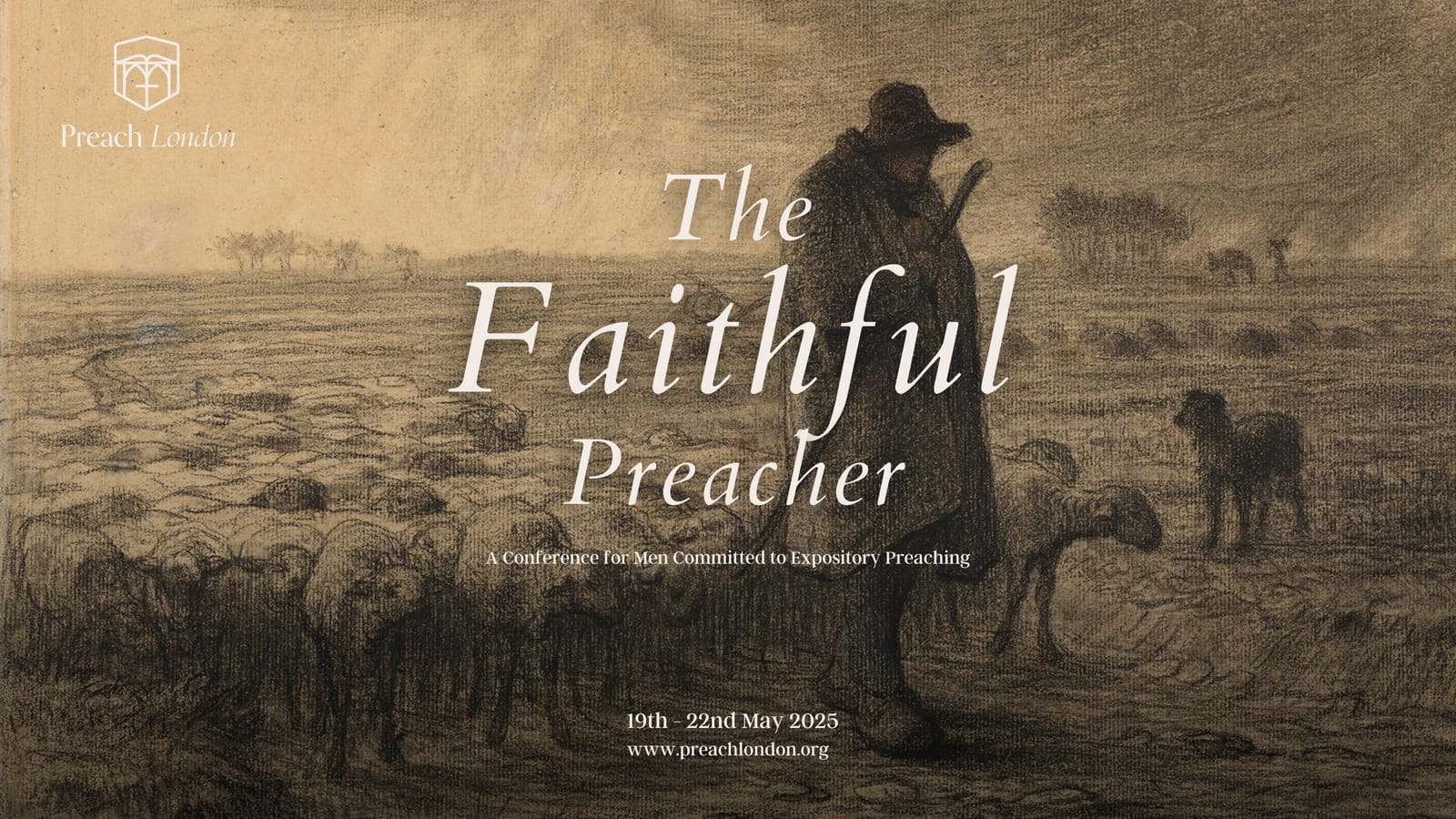Matthew Fontaine Maury was born in Virginia into a family of nine on 14 January 1806. His father, Richard Maury, was a farmer of Huguenot stock. The family read the Psalms morning and evening, and Matthew learned them by heart.
It became clear from his subsequent actions that he also believed them. A childhood accident made it impossible for him to endure the rigours of a life on the land. His elder brother John served in the American Navy but died of yellow fever in 1824.
Sailor
Matthew joined the Navy the following year. He served on the USS Vincennes on its four-year voyage as it became the first US warship to circumnavigate the earth. In 1831, Maury became master of the sloop Falmouth.
Seeking information on the winds and currents it would encounter on a voyage from New York to Rio de Janeiro, he found that there was nothing published. Even so, sailors had much information on the courses to take to ensure the swiftest passage between various ports. This was simply passed on by word of mouth.
Maury’s sea-going career was ended by a stagecoach accident two years later which shattered one leg. He continued in the Navy, and in 1842 was appointed as head of Depot of Charts and Instruments in Washington, D.C. In 1844, the Depot became the Naval Observatory; Maury became its Superintendent.
Ocean currents
Already it was known that ocean currents existed in certain places on the globe. The Gulf Stream from the Caribbean to the eastern North Atlantic had been known about since early in the ‘age of exploration’ in the 16th century.
Benjamin Franklin had published a map of it in 1786. In his new position it became possible for Maury’s belief in the inspiration of Scripture to have important consequences.
Psalm 8
In Psalm 8 we are taught that God ‘madest him [man] to have dominion over the works of thy hands… and whatsoever passeth through the paths of the sea’. Maury believed from this that God had placed ‘paths’ in the sea, which man is meant to discover and use to his advantage.
The naval observatory possessed a vast collection of old ships’ logs and charts, dating right back to the foundation of the Navy itself. Ship masters had learnt lessons about both the positive and negative effects of winds and currents on the paths of their ships.
These logbooks were stored, but never studied. Maury sought to both use and add to this body of knowledge. He began to ensure that all naval vessels carried logs (which he designed) to record the direction and speed of the currents which they encountered. Maury instigated a rigorous programme for civilian ships to do the same. To keep such records became the norm.
Mapping the oceans
From this vast collection of data, Maury set out to produce comprehensive worldwide charts to show the ways in which currents flowed in the different seasons.
His purpose was to enable captains to have this information available so that ships could make faster and safer journeys. They could seek to avoid battling adverse seas or taking unnecessary risks to save time. The first edition of these charts was published in 1847.
The benefits were striking. To sail from New York to San Francisco via Cape Horn typically took six months. By using the information Maury produced, this time was reduced by a quarter.
Maury realised that international co-operation in this new science of hydrography would be immensely beneficial. He became the prime mover of the first international conference on the subject, held in Brussels in 1853.
Soon, nations which owned three-quarters of the world’s shipping had put in place measures to send their oceanographic observations to Maury. These were evaluated and the results freely distributed.
Whales
Maury also used the old ships’ logs to chart the migration of whales. Whalers at the time went to sea, sometimes for years, without knowing that whales migrate in predictable ways and that these paths could be charted.
Effectively, one man had both invented a science and done all the work possible during his lifetime on advancing it. Indeed, Maury became known as ‘Pathfinder of the Seas’.
Maury was interested in other aspects of the oceans. He studied depth data which was collected at his instigation by American and British ships in the North Atlantic.
This revealed a major submarine mountain range – we call it the Mid-Atlantic ridge (it is where material comes up from beneath the ocean floor as the continents still slowly drift apart – a result of the ‘fountains of the great deep’ breaking open during Noah’s Flood, Genesis 7:11).
In 1853, Maury was consulted as to whether in the light of this discovery it would be possible to lay a transatlantic telegraph cable. He asserted his view that it would be possible, as indeed it proved.
In 1855, Maury published The Physical Geography. The science was unanswerable, and the book proved very popular with the general public, and was translated into several European languages.
Opposition
Yet many scientists criticised it because of its biblical references. Maury was a man who openly avowed his Christian faith. He kept up family worship, including reading the Psalms every morning to his wife and children.
He once affirmed in a public address, ‘I have been blamed by men of science, both in this country and in England, for quoting the Bible in confirmation of the doctrines of physical geography.
‘The Bible, they say, was not written for scientific purposes, and is therefore of no authority in matters of science. I beg pardon: the Bible is authority for everything it touches.
‘What would you think of the historian who should refuse to consult the historical records of the Bible because the Bible was not written for the purposes of history?
‘The Bible is true; and science is true… they are both true… and when your man of science with vain and hasty conceit announces the discovery of disagreement between them, rely upon it the fault is not with the witness of his records, but with the “worm” who essays to interpret evidence which he does not understand.’
Legacy
Maury died at his home on 1 February 1873. His last recorded words were the frequently-used naval expression in response to signals: ‘All’s well.’ He was buried in Richmond, Virginia, between two presidents of the USA.
Matthew Maury was honoured many times in his lifetime. Four US Navy ships have since been named after him, and a reservoir in his home state. He served in the Confederate Navy during the Civil War, and never advocated the abolition of slavery. His statue in Richmond, Virginia, was removed in response to the Black Lives Matter protests of 2020.
Matthew Maury achieved what he did for mankind because he believed the Scriptures are true and reliable and useful. He did not take Psalm 8:8 to be mere poetry with no basis in fact. Of course, much biblical poetry utilises metaphor, but Maury stands as one who unashamedly took the Lord at his word. His bold stand for the Bible in the face of popular ridicule should challenge us to do likewise.
John Palmer, a retired pastor who lives in Leigh.







